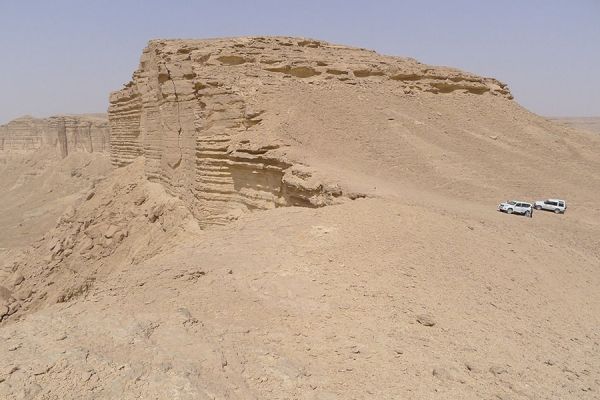The Kingdom of Saudi Arabia (KSA) is at a crossroads. Recent long-term studies of the area indicate that rising temperatures and evaporation rates will likely further deplete scarce water resources critical to meeting the nation’s agricultural, industrial, and domestic needs; more extreme flooding events could endanger lives, economic vitality, and infrastructure; and a combination of increasing heat and humidity levels may ultimately render the kingdom uninhabitable. Facing a foreboding future, how might the nation adapt to changing climatic conditions and become more resilient to climate extremes?
Due to the KSA’s distinctive natural and artificial features, from coastal landscapes to river beds to agricultural areas, decision-makers seeking to design actionable plans for regional and local adaptation and resilience will require projections of the KSA’s mean climate and extreme events at a higher spatial resolution than what previous studies have produced.
To that end, a team of researchers from the MIT Joint Program on the Science and Policy of Global Change and the King Abdulaziz City for Science and Technology’s Center for Complex Engineering Systems used a high-resolution, regional climate modeling approach to generate mid-21st century (2041–2050) projections under a high-emissions, high-climate-impact scenario. The climate projections carry an unprecedented four-kilometer horizontal resolution and cover the entire KSA, and focus exclusively on the months of August and November. During these months, which represent, respectively, the KSA’s dry-hot and wet seasons, extreme events have been observed more frequently.
Continue reading at Massachusetts Institute of Technology
Image via Massachusetts Institute of Technology


